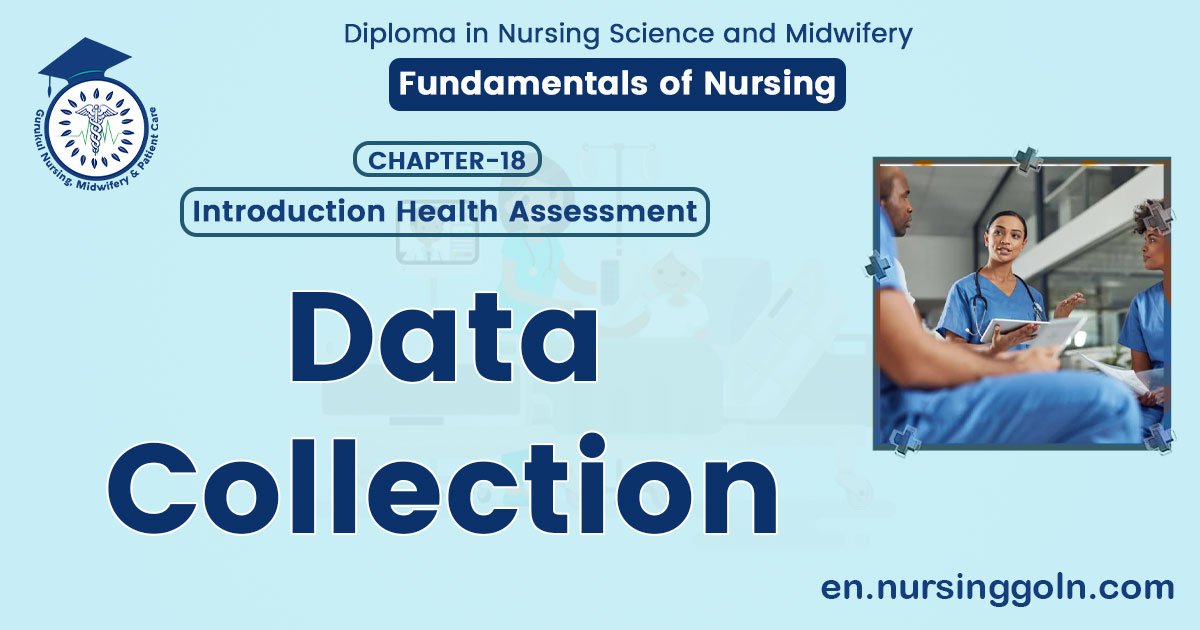Data collection – Nursing is a profession within the healthcare sector focused on the care of individuals, families, and communities so they may attain, maintain, or recover optimal health and quality of life. Nurses may be differentiated from other healthcare providers by their approach to patient care, training, and scope of practice. Nurses practice in many specialisms with differing levels of prescriber authority.
Many nurses provide care within the ordering scope of physicians, and this traditional role has shaped the public image of nurses as care providers. However, nurses are permitted by most jurisdictions to practice independently in a variety of settings depending on training level. In the postwar period, nurse education has undergone a process of diversification towards advanced and specialized credentials, and many of the traditional regulations and provider roles are changing.
Nurses develop a plan of care, working collaboratively with physicians, therapists, the patient, the patient’s family, and other team members, that focus on treating illness to improve quality of life. Nurses may help coordinate the patient care performed by other members of an interdisciplinary healthcare team such as therapists, medical practitioners, and dietitians. Nurses provide care both interdependently, for example, with physicians, and independently as nursing professionals.
Data collection
According to WHO (World Health Organization)
Data collection is defined as the ongoing systematic collection, analysis, and interpretation of health data necessary for designing, implementing, and evaluating public health prevention programs.
or
Data collection is the systematic approach to gathering and measuring information from a variety of sources to get a complete and accurate picture of an area of interest.
or
Data collection may be defined as systemic collection of data for a particular purpose from various sources including
- Questionnaires,
- Interviews,
- Observations,
- Existing records,

Different Types/Method of Data Collection:
There are several method of data collections. Importance ones are:
A. Observational method: This is the most commonly used method of data collection.Under the observational method, the information is sought by way of investigators own direct observation without asking from the respondent.
a. According to planning of observation:
- Structured observation
- Unstructured observation
b. According to participation of the observation.
- Participant observation.
- Non Participant observation.
- Disguised observation.
c. According to controlling of observation:
- Controlled observation.
- Uncontrolled observation
B. Interview Method: The interview method of collecting data involves presentation of oral verbal stimuli and reply in terms of oral verbal response. It may be:
- Personal interview &
- Telephone interview
C. Through Questionnaires: This method of data collection is quite popular particularly in case of big enquiries. In this method a questionnaire is sent to the persons concerned with a request to answer the questions and return the questionnaire.
D. Through schedules: This method of data collection is very much like the collection of data through questionnaire with the little difference which lies in the fact that schedules are being filled in by the enumerators who are specially appointed for this purpose.
E. Some other method of data collection:
- Warranty card
- Distributor or store audits
- Pantry audits
- Consumer panel
- Use of mechanical device
- Project technique
- Depth interview
- Content analysis

Legal and Ethical Consideration Should Maintain During Data Collection:
A. Privacy: Privacy is the ability of an individual or group to seclude themselves or information about themselves and thereby reveal themselves selectively.
B. Confidentiality: Confidentiality is a set of rules or a promise that limits access of places 20 restrictions on certain types of information.
C. Informed consent: Informed consent is a legal procedure to ensure that a patient, client, and research participants are aware of all the potential risks and costs involved in a treatment oralari procedure. The elements of informed consent include informing the client of the nature of the. treatment, possible alternative treatments, and the potential risks and benefits of the treatment.
Interpret or Analyze The Collection of Data /Steps of Data Analysis:
To arrive at nursing diagnosis, collaborative problems, or referral, we must go through steps of data analysis. This process requires diagnostic skills, often called critical thinking. The process can be divided into seven major steps:
- Identify abnormal data and strengths.
- Cluster the data.
- Draw inferences and identify problems.
- Propose possible nursing diagnosis.
- Cheek defining characteristics.
- Confirm or rule out.
- Document conclusions.

Importance of Privacy and confidentiality:
1. It helps establish trust between the research participant and the researcher.
2. It reduces worry on the part of the individual.
3. It maintains the participant’s dignity,
4. The participant feels respected.
5. It gives the participant control and promotes autonomy

Read More…
